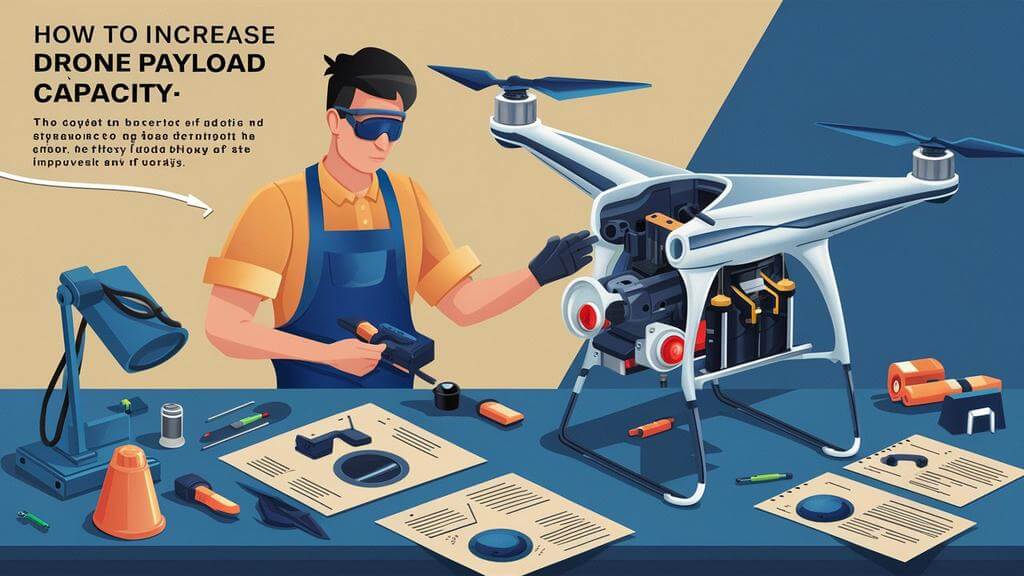Delivery
Drone Delivery Technology & Systems

Drone Delivery Technology & Systems: The Future of Logistics
Drone delivery Technology is revolutionizing logistics, offering faster and more efficient ways to transport goods. As e-commerce continues to grow, the demand for instant, on-demand delivery services has skyrocketed. Traditional delivery methods, reliant on trucks and human couriers, face challenges like traffic congestion, high costs, and environmental impact.
Drones provide a solution, combining cutting-edge technology with streamlined operations to navigate these challenges. From delivering essential medicines to remote villages to ensuring same-day delivery for online shoppers, drones are becoming an integral part of modern supply chains.
This article explores the essential systems and technologies enabling drone delivery, examining how they work and why they matter in shaping the future of logistics.
Autonomous Navigation Systems
Autonomous navigation is at the core of drone delivery systems, enabling drones to fly, avoid obstacles, and deliver goods without human intervention. This sophisticated capability combines various technologies to ensure safety, precision, and efficiency during every delivery operation.
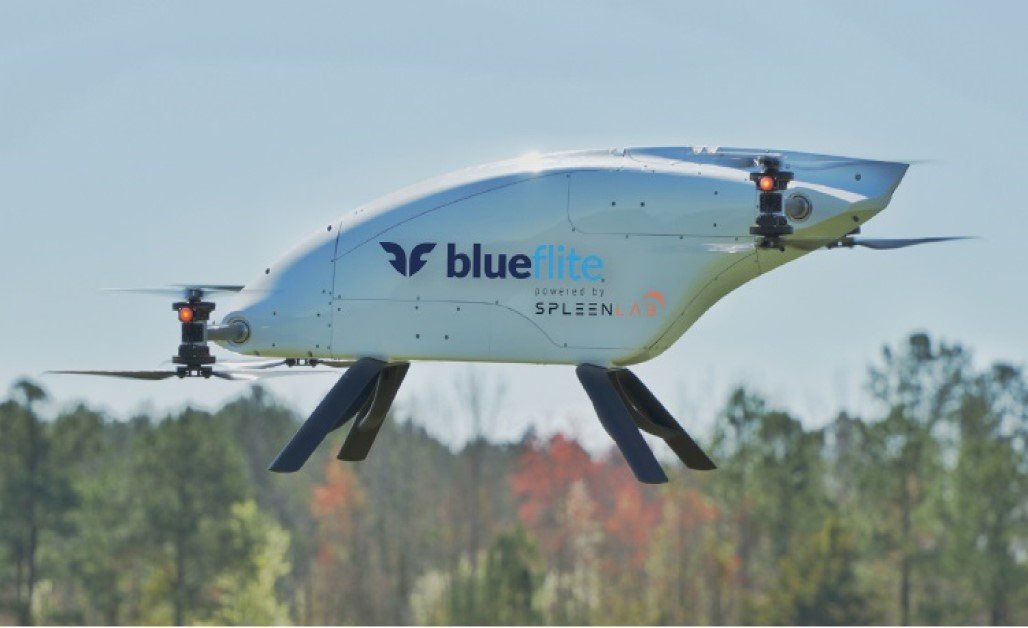
Key Components of Autonomous Navigation
- GPS Integration
GPS technology provides the foundation for drone navigation. By triangulating signals from satellites, drones can determine their exact position and follow pre-programmed routes with remarkable accuracy.- Advantage: Accurate positioning allows for consistent on-time deliveries.
- Example: GPS ensures that drones stay on course even in densely populated urban areas.
- Machine Learning and AI
Drones equipped with machine learning algorithms can adapt to changing environments in real-time. They analyze data from sensors and cameras to:- Identify obstacles (e.g., buildings, trees, power lines).
- Adjust flight paths dynamically to avoid collisions.
- Improve delivery performance over time based on past experiences.
Did You Know? Some drones are trained using millions of hours of simulated flight data to optimize navigation.
- Computer Vision
Cameras combined with AI enable drones to “see” their surroundings. This helps in:- Identifying clear landing zones.
- Recognizing hazards like animals, vehicles, or other drones.
- Ensuring packages are placed in the right locations, such as doorsteps or delivery lockers.
How Drones Navigate Complex Environments
Autonomous drones are built to handle various challenges, including:
- Urban Areas:
Navigating crowded skylines requires precision. Advanced sensors and mapping technologies help drones avoid buildings, billboards, and power cables. - Rural and Remote Areas:
With fewer landmarks or signals, drones rely on detailed maps and satellite imagery to reach destinations accurately. - Adverse Weather:
Drones use onboard sensors to detect wind speed, rain, or snow. If conditions are unsafe, they delay or reroute deliveries automatically.
Benefits of Autonomous Navigation in Drone Delivery
- Efficiency: Reduced reliance on human intervention minimizes delays and costs.
- Safety: Autonomous systems ensure precise obstacle detection, reducing crash risks.
- Scalability: Automated operations make it easier to manage large fleets, scaling delivery systems for urban or rural demand.

Advanced Sensors and Cameras That Make up Drone Delivery Technology
At the heart of drone delivery technology are advanced sensors and cameras that enable drones to perceive and interact with their surroundings. These components play a critical role in ensuring safe, accurate, and reliable deliveries, especially in environments filled with unpredictable obstacles.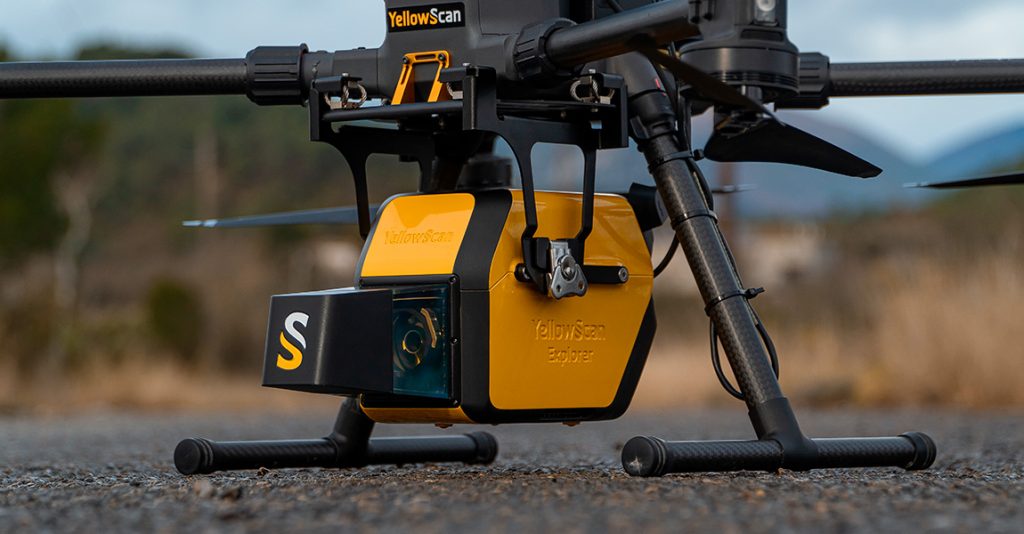
How Sensors Enhance Drone Operations
Drones rely on a variety of sensors to gather real-time data about their environment. These sensors allow them to perform critical functions such as detecting obstacles, monitoring weather conditions, and maintaining stable flight paths. Key sensor technologies include:
- LiDAR (Light Detection and Ranging):
LiDAR sensors use laser pulses to create detailed, three-dimensional maps of a drone’s surroundings. This is essential for obstacle avoidance and precision landing, particularly in complex environments like dense urban areas or rugged rural landscapes. - Ultrasonic Sensors:
These sensors measure distances to nearby objects using sound waves. They are particularly useful for low-altitude flight and for detecting obstacles like trees, poles, or fences during landings. - Barometric Pressure Sensors:
These sensors help drones measure altitude, ensuring stable flight and accurate landings even when GPS signals are weak or unavailable.
The Role of Cameras in Navigation and Delivery
High-resolution cameras paired with artificial intelligence further enhance a drone’s ability to navigate and deliver packages with pinpoint accuracy. These cameras allow drones to:
- Identify Landing Zones:
Using visual markers or QR codes, cameras can recognize specific delivery points, ensuring packages are dropped in the correct location, such as a doorstep or designated delivery box. - Avoid Hazards:
Drones equipped with cameras can visually detect potential obstacles, such as pedestrians, vehicles, or even other drones, and make real-time adjustments to their flight paths. - Monitor the Delivery Environment:
Cameras also provide visual confirmation of successful deliveries, capturing images or videos as proof for customers and operators alike.
Adapting to Environmental Challenges
Sensors and cameras allow drones to adapt to changing environmental conditions, a crucial capability for successful delivery operations. For example:
- Weather Monitoring:
Drones use onboard sensors to assess wind speeds, humidity, and precipitation. If conditions are unsafe, drones can delay or reroute their deliveries to prevent accidents. - Night-Time and Low-Visibility Operations:
Infrared cameras and thermal imaging enable drones to operate effectively in low-light or foggy conditions, expanding their usability beyond daylight hours.
Real-World Applications of Drone Sensors
Many industries are harnessing sensor-equipped drones for a range of delivery needs:
- Healthcare: Delivering life-saving medical supplies to remote or disaster-affected areas, where precise navigation is critical.
- Retail: Ensuring packages arrive undamaged by carefully scanning for safe landing zones.
- Agriculture: Delivering tools or monitoring crops with drones equipped with specialized cameras.

Payload Capacity and Design for Drone Delivery Technology
The design and payload capacity of delivery drones are pivotal in determining their efficiency, range, and the types of goods they can transport. While early drone prototypes were limited to carrying lightweight items, modern delivery drones have evolved significantly, blending advanced materials and engineering to maximize payloads while maintaining optimal performance.

Understanding Payload Capacity
Payload capacity refers to the maximum weight a drone can carry, including the package and any additional equipment required for delivery. Most commercial delivery drones are designed to carry payloads of up to 5 kilograms (11 pounds), which is sufficient for a wide range of consumer products. However, specialized drones can handle much heavier loads for industrial and medical applications.
Key Factors Influencing Payload Capacity:
- Drone Size and Power: Larger drones with more powerful motors and batteries can carry heavier loads, but at the cost of reduced flight range and efficiency.
- Battery Life: The heavier the payload, the more energy a drone consumes, which directly impacts its range and flight time.
- Material Composition: Lightweight, durable materials like carbon fiber are often used in drone construction to maximize payload capacity without adding unnecessary weight.
Innovative Drone Designs
Modern delivery drones feature a variety of designs optimized for specific tasks:
- Quadcopters:
The most common type, quadcopters are ideal for lightweight deliveries due to their stability, ease of control, and ability to hover in place. - Fixed-Wing Drones:
These drones resemble small airplanes and are better suited for long-range deliveries. While they lack the ability to hover, their aerodynamic design allows them to carry larger payloads over greater distances with lower energy consumption. - Hybrid Designs:
Combining the best of both worlds, hybrid drones can take off and land vertically like quadcopters but transition to efficient fixed-wing flight for longer trips.
Example: Wing, a subsidiary of Alphabet, uses hybrid drones to deliver goods quickly and efficiently in urban and suburban areas.
Protecting Fragile and Perishable Goods
Drone payload designs also prioritize the safe transport of sensitive items like fragile electronics or perishable foods. Features include:
- Cushioned Compartments: Protect packages from shocks and vibrations during flight.
- Temperature Control Systems: Maintain the freshness of perishable goods like groceries or medicines.
- Secure Fastenings: Prevent items from shifting or falling during transit.
How Design Impacts Efficiency
The aerodynamic design of a drone directly influences its performance. Features like streamlined shapes and foldable propellers reduce air resistance, allowing drones to:
- Fly faster with less energy consumption.
- Handle heavier payloads without compromising stability.
- Operate quietly, minimizing noise pollution in urban areas.
Did You Know? Many drones are equipped with automated package release systems, allowing for precise delivery without needing to land, saving time and battery power.
Expanding Payload Capabilities
As drone technology advances, payload capacities are steadily increasing, opening up new possibilities:
- Heavy-Duty Drones: Designed for industrial applications, these drones can transport tools, machinery parts, or even building materials.
- Medical Drones: Capable of carrying larger quantities of medical supplies, including vaccines and blood, to remote areas.
- E-Commerce Growth: Retail giants like Amazon and Walmart are experimenting with drones that can handle multiple packages in a single flight, improving delivery efficiency.
Communication Systems in Drone Delivery Systems
Communication systems are the backbone of drone delivery operations, ensuring drones remain connected with operators, ground control stations, and cloud-based management platforms. These systems enable real-time monitoring, precise coordination, and seamless execution of delivery tasks. Without reliable communication, the entire framework of autonomous drone delivery would falter.
How Drones Stay Connected
Drones utilize a combination of technologies to maintain stable communication throughout their flights. Central to this process are:
- 5G and Cellular Networks:
High-speed cellular networks provide real-time data transmission, enabling drones to share their location, altitude, and route updates with control systems. 5G, in particular, offers low latency and high bandwidth, allowing for quick decision-making in dynamic environments. - Radio Frequency (RF) Links:
RF technology is used for short-range communication between drones and nearby base stations. These links are critical during takeoff and landing phases when precision is paramount. - Satellite Communication (Satcom):
For drones operating in remote or rural areas, where cellular networks may be unavailable, satellite communication ensures uninterrupted connectivity.

Cloud-Based Coordination
Modern drone delivery systems are integrated with cloud platforms that act as central hubs for data processing and management. Through these platforms, operators can:
- Monitor the real-time location of drones.
- Update flight paths in response to weather or airspace restrictions.
- Analyze delivery metrics to improve efficiency.
Cloud systems also support fleet management, allowing multiple drones to operate simultaneously without conflicts. For example, they can assign priority to critical deliveries, such as medical supplies, while routing non-urgent packages along longer paths.
Redundancy for Reliability
Redundancy is built into communication systems to ensure drones can complete their missions even if a primary connection fails. For instance, if a 5G signal drops, the drone may switch to an RF link or satellite backup to maintain connectivity. This layered approach minimizes risks and ensures that packages reach their destinations without interruption.
Addressing Security Challenges
As drones depend heavily on wireless communication, they are vulnerable to hacking or signal interference. To mitigate these risks, delivery systems employ robust security measures, including:
- Encryption: Protects data exchanged between drones and control systems.
- Authentication Protocols: Verifies the identity of authorized operators and devices.
- Anti-Jamming Technology: Prevents intentional signal disruption by bad actors.
These measures ensure that drones operate safely and that customer data, such as delivery locations, remains private.
Real-World Applications of Communication Systems
The versatility of drone communication systems is evident in diverse industries:
- Healthcare: Emergency medical drones use real-time communication to navigate no-fly zones and deliver life-saving supplies.
- Retail: Companies like Amazon use communication networks to track deliveries and provide customers with live updates.
- Disaster Relief: Drones equipped with satcom links operate in disaster-hit areas where traditional communication infrastructure is damaged or nonexistent.
The Role of AI in Communication
Artificial intelligence enhances drone communication systems by predicting and resolving potential issues before they occur. For instance, AI can analyze weather patterns or air traffic data to recommend alternative routes, ensuring uninterrupted operations even in challenging conditions.
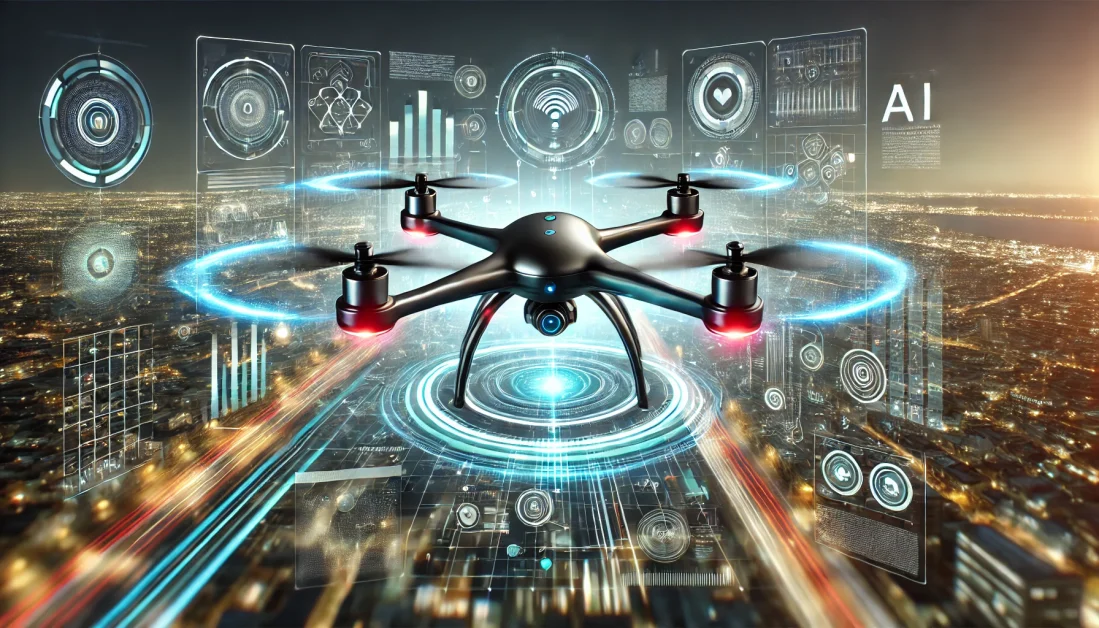
Regulatory Frameworks for Drone Delivery
The rapid growth of drone delivery technology has outpaced the development of regulations, creating a unique challenge for governments and aviation authorities worldwide. Regulatory frameworks are essential to ensure that drone operations are safe, efficient, and integrated into the existing airspace. Balancing innovation with public safety, privacy, and environmental considerations, these regulations are shaping the future of drone delivery systems.
Global Efforts in Drone Regulation
Different countries have adopted distinct approaches to drone regulations, reflecting their unique challenges and priorities. In the United States, the Federal Aviation Administration (FAA) plays a central role in setting rules for drone operations, while Europe relies on a unified framework under the European Union Aviation Safety Agency (EASA). Asia, particularly countries like China and Japan, has implemented flexible yet strict measures to support the growing use of drones for e-commerce and logistics.
A key focus of these regulatory efforts is defining operational boundaries. Regulations often specify:
- Permissible Altitudes: Most drones are restricted to flying below 400 feet to avoid interference with manned aircraft.
- Geofencing Requirements: Certain areas, such as airports, military zones, and national parks, are designated as no-fly zones.
- Flight Ranges: Depending on the type of drone, regulations may require line-of-sight operation or allow for beyond visual line-of-sight (BVLOS) flights under specific conditions.
Certification and Licensing
Operators of delivery drones often need to obtain certification or licenses to ensure they understand airspace rules, emergency procedures, and safe operational practices. For example, the FAA mandates Remote Pilot Certificates for commercial drone pilots. Similar requirements are in place globally, ensuring that only trained individuals manage drone delivery systems.
For companies, airworthiness certification is another critical step. Delivery drones must meet technical and safety standards before they can be deployed commercially. These certifications often involve rigorous testing to assess the drone’s reliability, durability, and compliance with local laws.
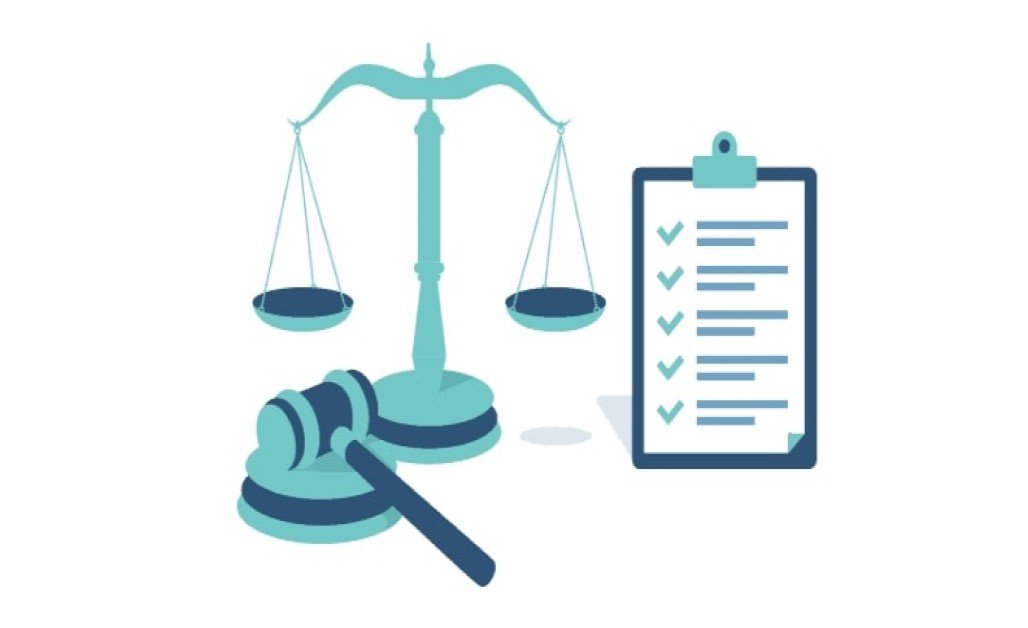
Addressing Privacy and Safety Concerns
One of the most debated aspects of drone delivery is privacy. As drones are equipped with cameras and sensors, there are legitimate concerns about surveillance and the potential misuse of data. Regulatory bodies are introducing measures to address these issues, including:
- Mandating clear guidelines on data collection and usage.
- Requiring drones to avoid filming or scanning private properties without consent.
- Implementing strict penalties for breaches of privacy laws.
Safety is another priority. Regulations are designed to minimize the risk of accidents involving drones, people, and property. Rules often include mandatory safety features such as collision-avoidance systems, return-to-home protocols, and fail-safe mechanisms that land drones safely in case of system failures.

Environmental and Noise Considerations
As the number of delivery drones increases, their impact on the environment and communities is being closely examined. Regulations are beginning to address:
- Noise Pollution: Noise limits are being set to ensure drones do not disturb residents, particularly in urban areas.
- Battery Disposal: Eco-friendly practices are being encouraged for the disposal of lithium-ion batteries used in most drones.
- Airspace Congestion: With more drones in the sky, authorities are implementing traffic management systems to prevent airspace overcrowding.
The Future of Regulatory Frameworks
As drone delivery technology evolves, so too will the regulations governing it. Future frameworks are expected to include:
- Unified Air Traffic Management Systems: Integrating drones with manned aircraft through advanced tracking and control systems.
- Dynamic Rules for AI-Driven Drones: Adjusting regulations to account for drones that use artificial intelligence for autonomous decision-making.
- Incentives for Compliance: Offering benefits such as tax breaks or fast-tracked certifications for companies that adopt eco-friendly practices and advanced safety measures.
Regulatory frameworks are critical for balancing innovation and public welfare. By creating clear, fair, and forward-thinking rules, governments and aviation authorities are not only enabling the growth of drone delivery systems but also ensuring that they operate in harmony with society and the environment.
Environmental Impact
Drone delivery technology is reshaping logistics with significant environmental advantages over traditional delivery methods. As cities grow and e-commerce expands, the need for eco-friendly alternatives to trucks and vans has become more pressing. Drones, powered by electric batteries and operating with greater efficiency, are emerging as a sustainable solution.

Reducing Carbon Emissions
Traditional delivery vehicles contribute heavily to greenhouse gas emissions, especially in congested urban areas where idling engines and stop-and-go traffic are common. Drones, in contrast, rely on electric propulsion systems that produce no direct emissions during operation.
- Urban Deliveries: Studies reveal that drones use up to 94% less energy per package compared to delivery trucks in densely populated cities. This dramatic reduction in energy consumption translates to fewer emissions.
- Shorter Delivery Routes: By flying directly to their destinations, drones avoid the indirect routes often required by ground vehicles, further reducing their environmental footprint.
Fact: The World Economic Forum predicts that replacing just 10% of urban delivery vehicles with drones could cut CO2 emissions by 1 million metric tons annually.
Energy Efficiency and Battery Technology
The energy efficiency of drones is another significant environmental benefit. Advanced battery technologies, such as lithium-ion and solid-state batteries, provide longer flight times while minimizing energy waste.
- Renewable Energy Charging: Many companies are now exploring renewable energy solutions, such as solar-powered charging stations, to make drone operations even greener.
- Lifecycle Improvements: Efforts are underway to develop recyclable and biodegradable battery components to reduce waste at the end of their lifecycle.
Alleviating Urban Congestion
Delivery trucks not only pollute the air but also contribute to traffic congestion, particularly in metropolitan areas where space is limited. Drones help alleviate this problem by operating in the skies, freeing up roadways for essential traffic.
- Quieter Operations: Unlike trucks and motorcycles, drones are significantly quieter, reducing noise pollution and creating a more peaceful urban environment.
- Space Efficiency: Drones require no parking spots or storage facilities in crowded city centers, further easing urban infrastructure stress.
Addressing Challenges
While drones have a clear environmental edge, challenges remain:
- Battery Disposal: The widespread use of lithium-ion batteries raises concerns about proper recycling and disposal practices. Regulatory bodies and companies are working to establish eco-friendly recycling systems to mitigate this issue.
- Manufacturing Impact: The production of drones, like any technological device, has an environmental cost due to raw material extraction and manufacturing processes. However, these impacts are often offset by the long-term benefits of reduced operational emissions.
Future Innovations for Sustainability
As drone technology continues to evolve, new innovations are expected to further enhance their environmental benefits:
- Hydrogen-Powered Drones: Experimental models using hydrogen fuel cells offer longer flight times and cleaner energy sources.
- Swarm Delivery Systems: Coordinating multiple drones to optimize delivery routes can increase efficiency, reducing energy consumption on a per-package basis.
- Eco-Friendly Materials: Researchers are exploring the use of lightweight, biodegradable materials in drone construction to minimize environmental impact at the end of their lifecycle.
Drone delivery technology is proving to be a game-changer in sustainable logistics. By reducing emissions, conserving energy, and easing urban congestion, they offer a greener alternative to traditional delivery systems. As the technology matures, drone delivery is poised to play a central role in creating an environmentally responsible future for global commerce.
